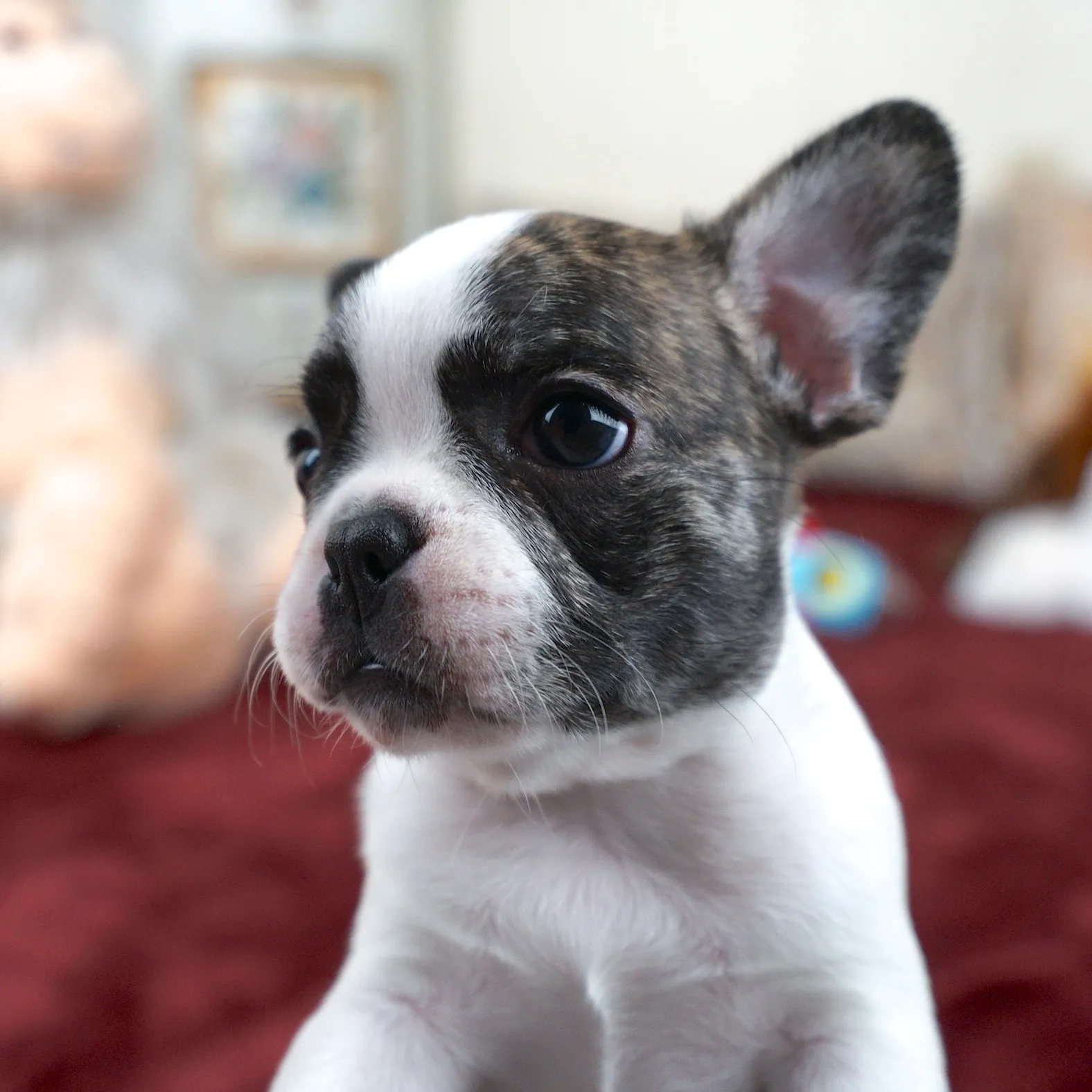Law #1 – Witness
Witnessing your dog means truly seeing them by connecting with an interest in who they are, from your heart. Every day, look into your dog’s eyes and see the individual they are. Notice, observe, wonder and cultivate a sense of inquiry into their depth and who they are as people.
Make it fun to discover something new about them each day. As you relate to them as an individual, you’ll learn the subtle details of their behavior, their personality and what they need to be happy and balanced. And you will enjoy it naturally because humans are just created that way! We enjoy valuing life and the uniqueness of it when we witness it in another animal or human.
Law #2 – Consistent Physical Care
Your dog’s physical needs; food, water, rest, outdoor time, grooming— need be met consistently. Rhythm and timeliness matter! Like children (or adults), dogs thrive on regular feeding times, outdoor breaks, and ample rest. Meeting these needs helps them relax and become trusting companions.
Think of someone everyone loves—maybe the old guy up the street, always reliable, with a kind word or a candy in his pocket. That steady, slow-moving reliability is a way of life worth embracing with your dog.
Law #3 – Attentive Interaction
You need wholesome, interactive time with your dog every day, where your focus is entirely on them. It might be play, cuddles, or something else they love. Make it nourishing, specific to your dog, and something you genuinely enjoy. Look into their eyes and engage in what brings you both joy.
If you have a pack of dogs, each one needs this individual time. Give at least 5 to 10 minutes of this canine-specific attention daily, focused on your dog and their world. Not just petting them while you check emails! You’ll have other moments, gardening, cooking, where you share energy, but those aren’t canine-specific. They can’t replace time centered on your dog.
Here’s the wonderful thing: 5 to 10 minutes of canine-specific interaction each day, alongside doing what the other laws suggest, is usually enough to keep your pup balanced. Dogs are inherently happy creatures—they love the rhythm of daily life. Meet them in that joy, and they’ll stay content, weaving other activities into a positive flow. You create a joyful feedback loop, and you get to step into it too!
These laws set the stage for all my interactions with my dogs. They also govern my right to correct unwanted behavior. If I’ve been absent and my dog acts up, I don’t just correct them. I first re-establish the witness, getting close and noticing what’s going on. I give at least 15 positive inputs; petting, a treat, a kind word, before correcting. No I don’t count the interaction… I simply overwhelm myself with their goodness, recognizing all they are first. Once this is a habit, it’s astounding how well it works to ease the way for living well with your dog and dealing with any challenge.
Take my dog Bongo, who needed cleaning twice daily due to a quirky tail. When I clean him, I use warm water, look into his eyes, and talk to him about his day. It’s specific, caring, and he comes to me excited for our ritual, even though it’s not comfy! If I cleaned him mindlessly, just to get it done, it’d be a negative input, eroding trust. That’s the difference between practicing all three laws and just one.
Dogs know who the pack leaders are—those who command respect with eye contact, calm presence, and care, not dominance. When we live these laws, we embody worthy leadership, and our dogs naturally respond, unlocking deeper communication and joy…. Otherwise, we end up with a negative input, eroding trust. That’s the difference between just practicing Law #2 and living all three laws with heart.
Dogs know who the true pack leaders are because of these behaviors:
Pack leaders command respect with eye contact, calm presence, and consistent behavior.
They don’t abuse power or mistreat the pack.
They know every individual, recognizing their unique role.
These leaders are often quiet, watchful and not loud dominators. When we practice all three laws, we embody this worthy leadership, and our dogs naturally respond. This unlocks a deeper connection, blending our human energies with their canine instincts for richer communication and joy.
As you live these laws, you’ll develop an intuitive capacity to know your dog. This isn’t strange, it’s the natural result of paying attention. You’ll notice hundreds of tiny cues—muscle twitches, eye flicks, how they move in their space. Your mind can’t catalog them all, but your intuition will weave them into insights. You might see flashes of their day in your mind—like who’s feeding them when you’re away, or hear their bark in your minds eye while you’re out, later learning a stranger stopped by. I’ve called my kennel from miles away, sensing my dogs barking, and asked the team to bring them in. New staff are amazed, and yet, it’s just the magic of truly knowing your pack!
You might feel gut instincts too—like checking their being because their step seems off or sensing they need a bathroom break. These moments become another language between you and your dog, growing from the three laws well lived. The more you witness, care, and engage, the more you’ll feel like trusted friends, sharing a flow that’s fun and effortless.
If you want to dive deeper into intuition, drop me a note—I’ll keep you on my mailing list for our training series on growing this intuitive connection and bond.








